If you’ve never grown herbs, now is your time to harvest herbs and dry and store them for use around the year.
Even before I had any garden space, I was growing herbs in my kitchen and in small spots outside and up against the house; basically any space available! If you’d like to get started growing herbs, then just start with what you use in the kitchen.
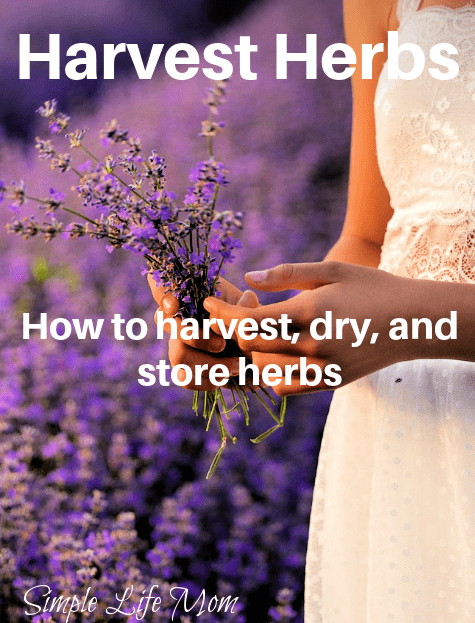
Culinary herbs are often easy to grow and you’re already familiar with how to use them.
Some culinary herbs to start growing are:
- Rosemary
- Oregano
- Thyme
- Basil
- Dill
- Sage
- Cilantro
- Peppermint
- Tarragon
- Marjoram
- Lavender
- Thyme
After you are used to growing culinary herbs you can begin growing medicinal herbs. Culinary and medicinal herbs definitely overlap. Thyme is great for lung health. Oregano is anti viral. These are herbs he use often, but usually just think about when it comes to flavor and not health.
Some medicinal herbs that you may want to begin growing are:
- Marsh Mallow
- Lady’s Mantle
- Melissa
- Yarrow
- Arnica
- Mugwort
- Margold
- Chamomile
- Hyssop
- St John’s Wort
- Feverfew
- Comfrey
All of these are extremely valuable for a medicinal cabinet. You can grow them, harvest and store them, and then use them as needed. Learn about one at a time. Choose one to grow and read about it as you watch it develop. Add another one, then another. Before you know it you’ll have a full cabinet and mind full of remedies and methods for you and your family.
One more list for you! Here are some articles to get you going on using herbs:
- 15 Quick Herbal Remedies for your Medicine Cabinet
- Back to School with Herbs and Oils
- Herbs and Essential Oils for Hormones
- 9 Herbs and Essential Oils for Better Sleep
- 10 Best Herb and Essential Oil Recipes of the Year
- 11 Last Minute Herb and Essential Oil Gift Ideas
How to Harvest Herbs
This harvest advice is going to be very general. Every plant is different, but there are enough similarities that generalities do work.
The first thing to know about harvesting herbs is when. You want to harvest before herbs go to seed.
Herbs like cilantro will bolt or shoot up a tall stalk that produces tiny leaves and seeds when it overheats. Other herbs will go through their natural cycle of growing and flowering. Those flowers can be valuable and collectable in and of themselves like elderberry flowers. So, know your plant. If you want the flowers, then let them develop. If you want coriander seeds, then let cilantro go to seed.
When harvesting herbs, leave the base of the plant with leaves so that it can continue to grow.
The general and most common methods of harvesting is cutting the stem right above a leaf or giving a “hair cut” harvest. For example, basil plants grow medium sized leaves.
To cut the stem right above a leaf, leave the rest of the plant so that it can continue to grow.
Herbs like oregano and thyme can get a haircut. Just grab a fist full and cut, leaving some leaves below the cut so that the plant can continue to grow.
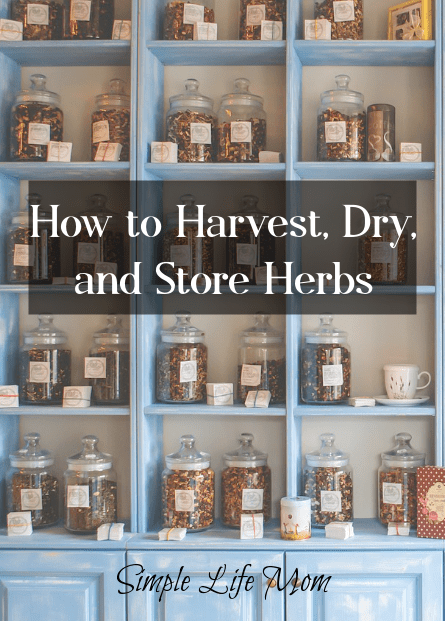
How to Dry Herbs
Herbs need air flow above and below to dry well. They will mold and have to be thrown away if you do not give them airflow.
Thyme is the only herb I can get away with just leaving it in a bowl to dry. Oregano, basil, lemon balm, peppermint, all of these kinds of herbs need to be gathered by the stems, tied, and hung to dry.
I found a decorative hook at a garage sale once that I use to hang all of my herbs. You don’t need something special. A clothes line type of rigged DIY or some hooks can do the trick. But you can also find some herb drying racks like these.
I tie the herbs in bunches with natural string. Then I tie them with a loop for hanging. It only takes a minute and the ending decorative look is beautiful.
Check them after a week to see if they are completely dry. They will feel dry and crispy, not malleable. Don’t leave the herbs hanging too long or they will gather dust and lose flavor and potency.
Process Before Storage?
There are times when I do not always get the herbs ready to use immediately. What I mean by this is removing the leaves from the stems and even blending if I want them ground down for my particular use.
I’ve tried herb stripping tools like these before. They work, but my favorite tool is my hands. It can be time consuming, but running your hands down the stem and stripping off the leaves is just what you have to do.
One other way, a method that I use if I have a lot of herbs or there seems to be more stem than leaf, is rubbing. Grab a handful of the herbs and hold them over a bowl. Rub them back and forth in your palms, separating the leaves from the stems.
How to Store Herbs
As I mentioned above, you can get your herbs ready to use right away, or you can put them in jars and zip close bags until you’re ready to deal with them.
Jars and Bags
You can use jars like these of zip close bags to seal and keep your herbs. I keep my herbs long term in both. I use 8 ounce jars in my cupboard by my stove so that I can grab them out to easily use while cooking.
Whatever you use, being airtight is key. This is why you need to make sure the herbs are fully dry before storing.
Label! Label! Label!
Don’t assume you’ll remember what the herb is or when you harvested it. Label the jar or bag before putting it away so that you’ll know its potency and remember what it is at a glance.
Location
Dried herbs need to be kept in a cool, dry, dark location in order to keep them potent and fresh. I keep mine in clear mason jars, but they are in a cupboard by my stove. The rest of my herbs are in jars in a food cupboard where I can easily get to them. Use the space you have that works best for you.
Fresh herbs can be kept in damp paper towel in a zip close bag in the refrigerator for up to a week. I don’t keep many herbs in the refrigerator. I cut them to use immediately or to process because I don’t want the plant to go to seed.


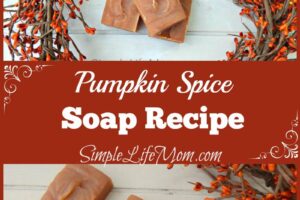
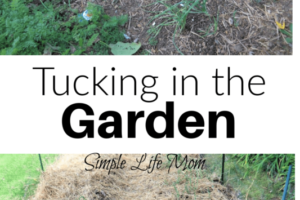

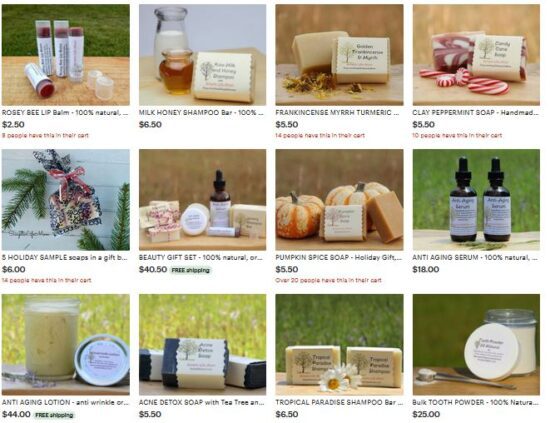
2 Comments
Leave your reply.